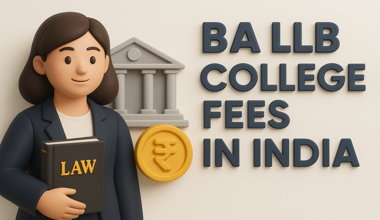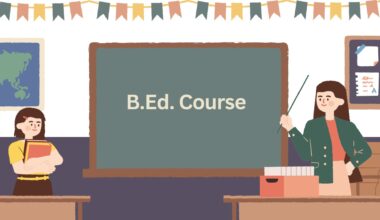Feedback is an important part of teaching, learning and the assessment process. It helps the students to understand the subject being studied and gives them clear understanding about how to improve their learning. It has a significant effect on student learning and has been described as the most powerful moderator that enhances learning.
The main purpose to provide feedback to the students is:
- To give logical justification to students about marks and grades scored by them
- To acknowledge specific qualities in student work
- To suggest the students certain steps to take to improve
- To motivate them to act on their learning and assessment
- To develop students capability to monitor, evaluate and regulate their own learning
To benefit student learning, feedback is required to be:
- Positive: As well as highlighting the strengths and weaknesses of a given piece of work, it should set out ways in which the student can improve the work. For the student, it:
- encourages them to think critically about their work and to reflect on what they need to do to improve it
- helps them to see their learning in new ways and get increased satisfaction from it
- Helps promote dialogue between staff and students.
- Well-timed: Give reinforcement while the assessed work is still fresh in a student’s mind, before the student moves on to subsequent tasks.
- Evocative: It should target individual needs, be linked to specific assessment criteria, and be received by a student in time to benefit subsequent work. Effective feedback help the students to:-
- adapt and adjust their learning strategies
- adjust and regulate teaching to accommodate students’ learning needs
- turn into independent and self-reflective learners, and better critics of their own work
- stimulate reflection, interaction and dialogue about learning improvement
- motivated them to improve
- manage it effectively.
Feedback has valuable only when it is received, understood and acted on. How students analyze, discuss and act on reinforcement is as important as the quality of the reinforcement itself. Through the interaction students, they come to understand how to develop their learning.






